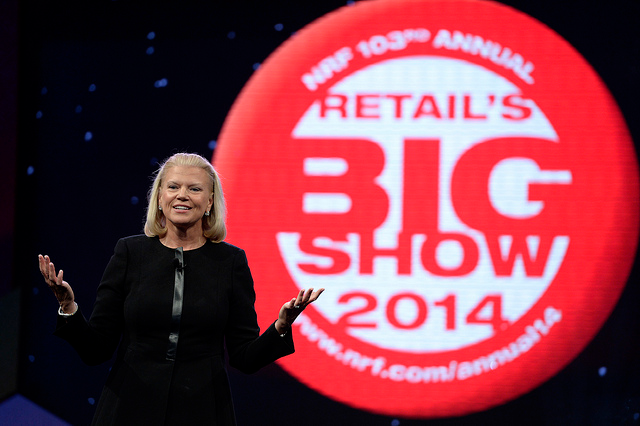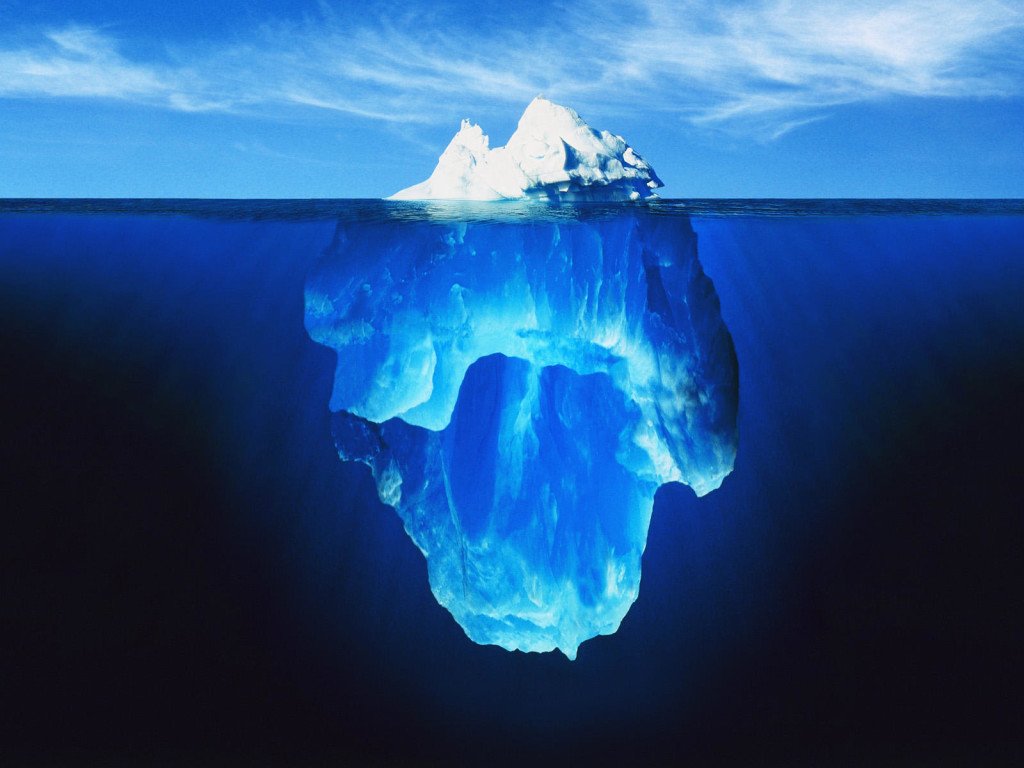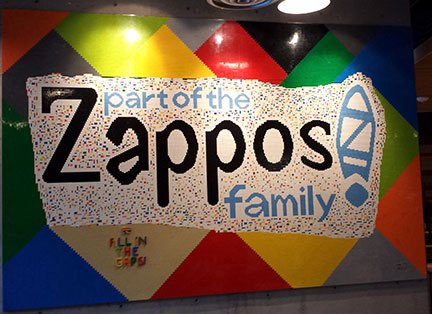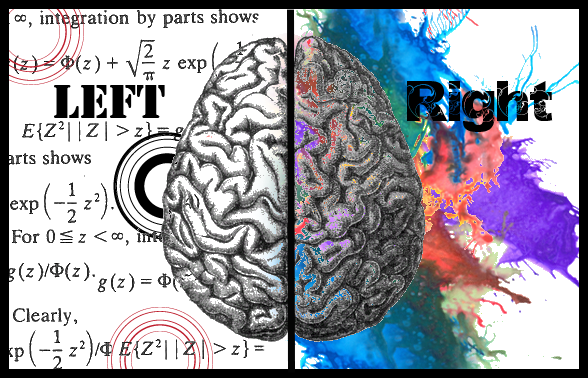Abraham Maslow, one of the founding fathers of humanistic psychology, taught us that human beings have a higher, transcendent nature, which he visualized most eloquently in his Hierarchy of Human Needs.
This simple pyramid gives us a framework from which to understand the essence of Cult Brands and how they inspire their most loyal and devoted followers.
The bottom four layers of the pyramid are what Maslow called Deficiency needs or D-needs. Nothing is felt if these needs are met, but in their absence, anxiety ensues.
Intrinsic Values of Being
When the top level of self-actualization is reached, D-needs are transcended, and Being values (or B-values) are realized. These “intrinsic values of Being” when fulfilled, motivate and inspire humans to grow and reach their fullest potential.
B-values includes:
| Truth | Completion |
| Goodness | Justice |
| Beauty | Simplicity |
| Wholeness | Richness |
| Aliveness | Effortlessness |
| Uniqueness | Playfulness |
| Perfection | Self-Sufficiency |
Simply stated, individuals who are more self-actualized tend to embrace more B-values than those suspended at lower levels.
How Cult Brands Celebrate B-Values
Just like self-actualized individuals, Cult Brands are those self-realized companies that encompass more B-values than other businesses. These brands galvanize others towards greater fulfillment, wholeness, and integrity.
Let’s see how Cult Brands actually do it.
The principles of Cult Branding tell us that consumers want to be part of a group that’s different. Here, Star Trek, Apple, and Volkswagen lead the pack, in their wholehearted embrace of the B-value of uniqueness. These brands are not afraid to go against conventional wisdom, and celebrate their differences.
Cult Brand loyalists happily congregate together on common ground, proudly declaring their “be weird together, be weird no more” mantra.
When Cult Brands listen to the choirs, and take consumer feedback to heart, they uphold the B-values of truth and perfection.
Apple’s commitment to their Mac User Groups serves as the perfect example. By interacting with these groups and constantly integrating their feedback, Apple honors and ultimately relies on their Brand Lover. Through this dynamic process of uncovering the truth about consumers’ experiences, they continually strive for perfection in their offerings.
What other Cult Brand than Jimmy Buffett, the King of Fun, and his loyal following of Parrot Heads could better personify the B-values of aliveness and playfulness? Cult Brands like Star Trek and Harley Davidson are also aligned with these B-values, in that they create consumer communities that celebrate lifestyles filled with youthful fantasy and adventure.
Cult Brands promote personal freedom and draw power from their enemies. No other Cult Brand has accomplished this with more grace, style, and ease than Oprah. Oprah drew power from her backwater competitors and aligned herself with more positive, uplifting stories rather than succumb to the ubiquitous drama of catfights and bar brawls.
Oprah wanted to showcase people at their best, unlike other talk show hosts who exposed the darkest sides of human behavior. Her intention to do good in the world is magnetic and irresistible, as evidenced by her loyal fans and ever-expanding media companies.
Cult Brands like Oprah, through their devotion to charitable causes, their mission to improve people’s lives, and their commitment to promote freedom personify the B-values of goodness, beauty, and justice.
Improving the Lives of Your Customers
In more simple terms, Cult Brands want to improve the lives of others. By harnessing the power and magnetism of B-values, these brands tap into our innate reservoirs of self-actualization.
We are drawn to Cult Brands because they make us feel good about ourselves, but on a deeper level, they lift us higher up the hierarchy to illuminate our Being needs. This drive towards self-actualization is intrinsic to our nature. Maslow understood it, and Cult Brands do too.
Now it’s your turn: How can your business tap into B-values to improve the lives of your customers? What are you doing to express these values? What can you be doing differently?








 Lori Mitchell-Keller Senior VP SAP, Bert Jacobs CEO Life is good, and BJ Bueno Founder The Cult Branding Company.
Lori Mitchell-Keller Senior VP SAP, Bert Jacobs CEO Life is good, and BJ Bueno Founder The Cult Branding Company.